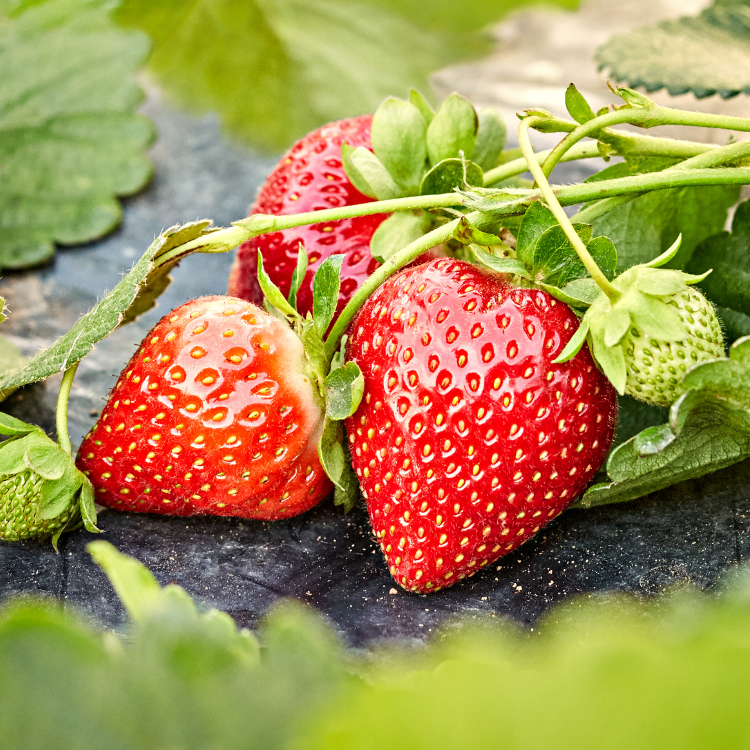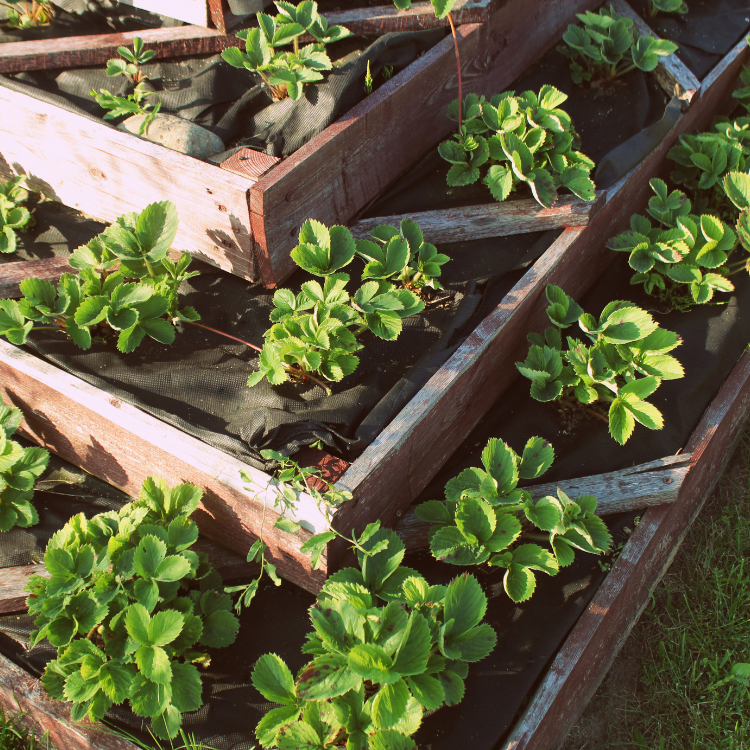Spring is right around the corner. Prime time to start thinking about planting a strawberry patch! If you’re new to gardening, the question you are likely stalled on, though, is “what strawberry plants should I grow?”
While there’s no 100 percent right answer, there are plenty of factors to consider and rules to follow, no matter what kind or variety of strawberry plants you choose. With a little know-how, you’ll find the best plant for your needs and soon be enjoying the beautiful sweet fruits of your labors.
Plan Before You Buy
As you can see, the world of the simple strawberry is a large one. Do your homework and have a list of the kinds that would fit you best before you set out to the garden center. They will have the exact varieties that work best in your area.
Don’t be afraid to ask questions. That is what the garden center employees are there for. Be sure to find out the specific instructions for the types you choose. They need different spacing etc.
When you buy the plants, make sure they are certified disease free. Don’t just grab the plants and run. Check to make sure the leaves have large crowns and the leaves do not have any blemishes or brown patches.
What Strawberry Plants Should You Consider?
Different varieties of strawberries have different growing requirements and produce different sizes and flavors of fruit. Research the varieties that grow well in your area and select one that suits your tastes and growing conditions.
The first type is day neutral. These varieties are well suited for small spaces. The berries are sweet, but they are smaller than the other types. Day neutral strawberries will produce fruit anytime temperatures range from 35 degrees to 85 degrees F. Varieties of day neutral strawberries include Tribute, Tristar, Seascape, Kathy Demchak, Willie Lantz and Harry Swartz
Ever Bearing strawberries are very well named. These berries will produce 2 to 3 crops from spring through fall. They do not send out that many runners and are well suited for small spaces. Varieties of Ever Bearing strawberries include Gem, Early Jersey Giant, Red Rich, Ozark Beauty, Arapahoe, Ogallala and Geneva.
As the name suggests, June Bearing strawberries produce only one large crop a year over 2 to 3 weeks in June and are the oldest type of strawberries known. They send out plenty of runners, so they need more space and produce abundant, large, juicy fruits. Varieties include Earliglow, Annapolis, Delmarvel, Allstar, Brunswick, Chandler, Honeoye, Kent, Lateglow, Mohawk, Sable, Seneca, and Winona.
When To Grow Strawberries
Timing is critical when it comes to putting the strawberry plants in the ground. Set them out in the spring after the moisture from the winter melt is gone. The soil is easier to handle after all danger of frost is passed.
Raised beds work best. Strawberries are prone to rot and disease, especially when grown in wet soil. Planting in raised beds can improve drainage and reduce the risk of disease.
Prior to planting, fertilize the soil with organic compost to give your strawberries a strong base from which to grow. Strawberries need well-draining, nutrient-rich soil to thrive.
How To Grow
Dig a hole that is deep and wide enough for the roots to spread out. They do not like to be cramped. Strawberries need a minimum of eight hours of sunlight a day. Do not plant if eggplant, peppers, potatoes or tomatoes were grown in the same place the previous year or the plants will suffer from Verticillium Rot.
Provide ample sunlight. Strawberries require at least 6 hours of direct sunlight per day to grow and produce fruit. Choose a sunny location for your plants, or use grow lights if you’re growing them indoors.
Additional Tips For Growing
Mulch heavily. Strawberries benefit from heavy mulching to retain moisture and prevent weeds. Use straw, shredded leaves, or another organic mulch to cover the soil around your plants.
Water regularly. Strawberries need consistent moisture to produce juicy fruit. Water deeply once or twice a week, depending on rainfall and temperature.
Protect from pests. Birds, slugs, and other pests can damage strawberry plants and fruit. Use netting or row covers to protect your plants, and use organic pest control methods to deter pests.
Thin runners. Strawberry plants produce runners, or shoots that extend out from the main plant. While these runners can be used to propagate new plants, too many runners can reduce fruit production. Trim excess runners to encourage more fruit.
Harvest regularly. Strawberries are ripe and ready to harvest when they’re fully red and slightly soft to the touch. Harvest your fruit regularly to encourage more growth and prevent overripe fruit from attracting pests or disease.




